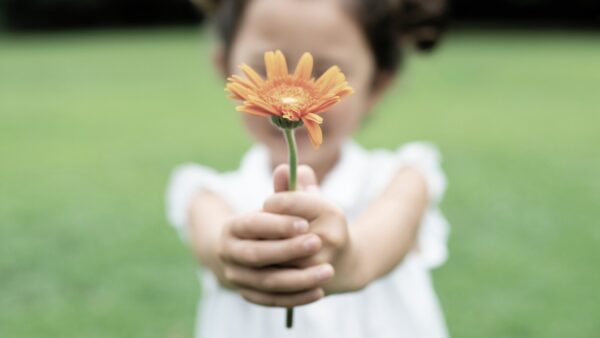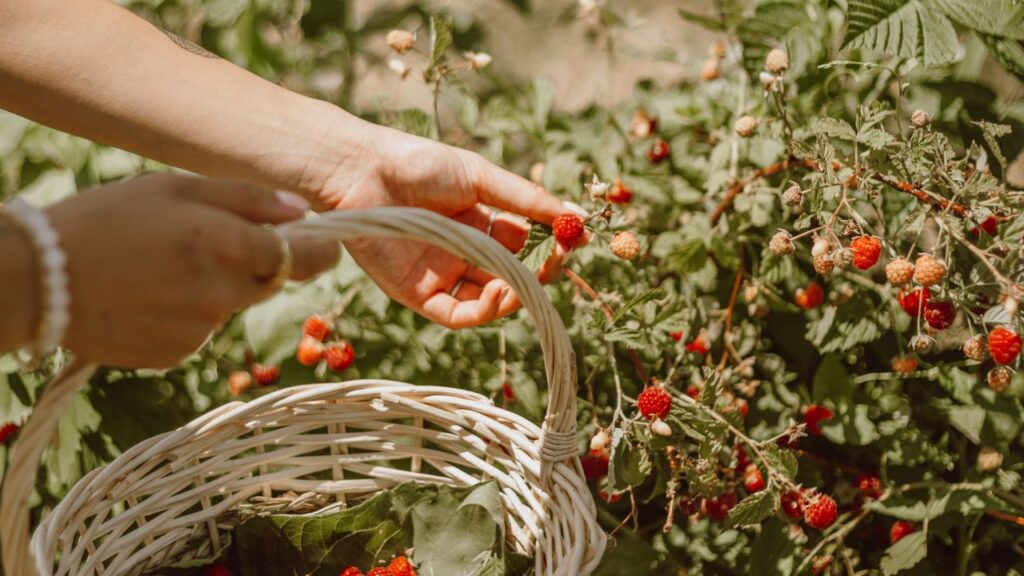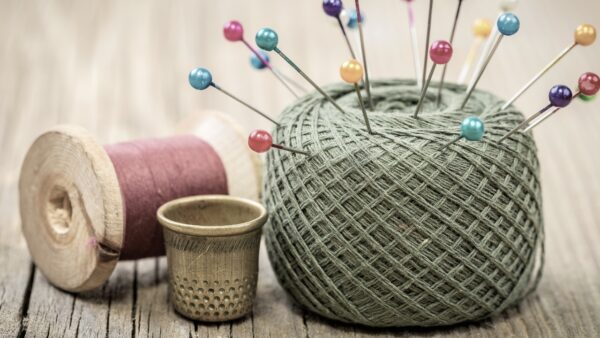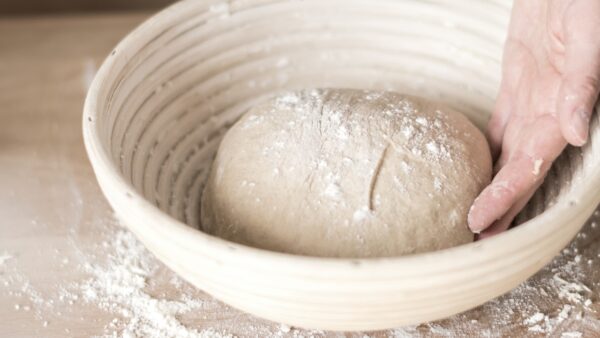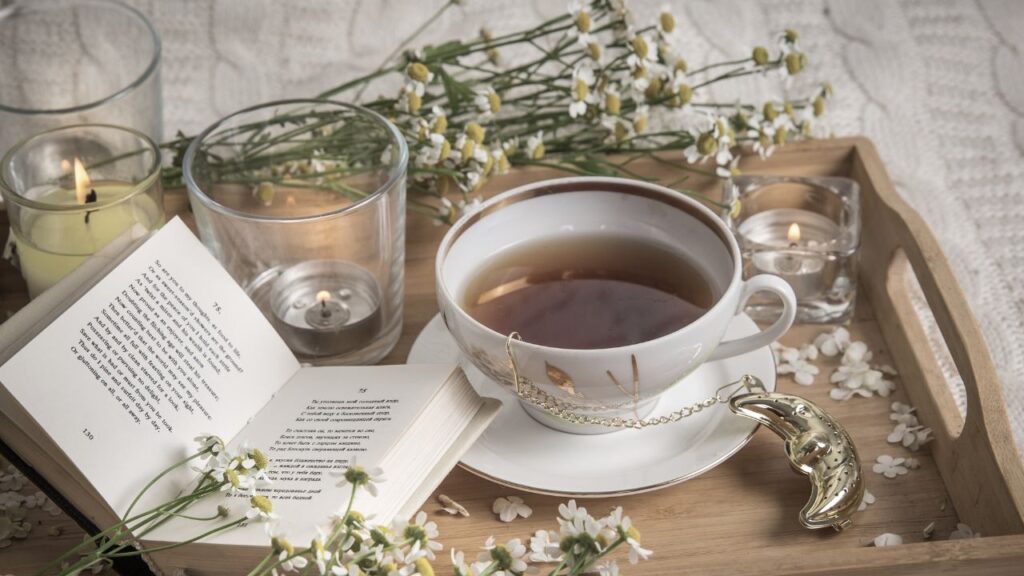Cottagecore vs Shabby Chic: The Subtle Differences
Here are some key differences between cottagecore vs shabby chic.
Explore the distinct aesthetics of Cottagecore and Shabby Chic – two charming design styles that encapsulate the essence of rustic living.
From the idyllic charm of Cottagecore, with its emphasis on simplicity and nature-inspired elements, to the vintage allure of Shabby Chic, known for its distressed elegance and romantic pastel palettes.
Dive into the world of cozy cottages, vintage finds, and timeless appeal.
Learn the nuances that set Cottagecore and Shabby Chic apart, and find inspiration for creating your own picturesque living space.
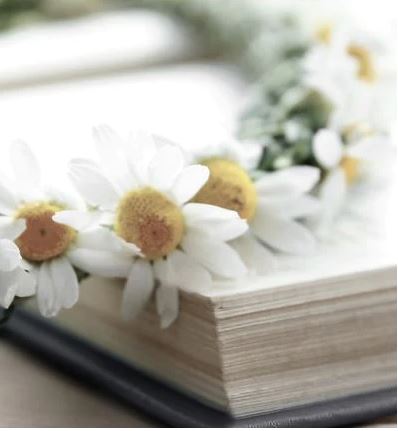
By exploring their origins, color palettes, materials, furniture styles, and overall themes, we can gain a deeper understanding of how these two styles differ from one another.
So, let’s delve into the world of cottagecore and shabby chic and uncover the key differences that distinguish them.
COTTAGECORE VS SHABBY CHIC
1. Shabby Chic Was Created By Rachel Ashwell
Shabby chic is a trademarked interior design style that was popularized by British designer Rachel Ashwell in the late 1980s.
Rachel Ashwell is credited with coining the term “shabby chic” and developing the style’s distinctive aesthetic.
She began by selling vintage furniture and home décor pieces that she restored and repainted. Ashwell’s approach emphasized combining old, worn-out items with soft, pastel colors and floral patterns to create a romantic and feminine look.
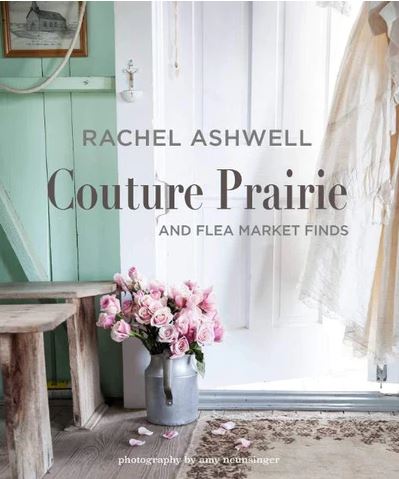
Her unique blend of vintage charm and distressed elegance quickly gained popularity and became known as the shabby chic style. Since then, shabby chic has become a widely recognized and beloved design style around the world.
2. Cottagecore Is A Lifestyle Not Aesthetics
While it gained popularity online, cottagecore also resonates with the back-to-the-land movement pre 1960’s, which emphasized self-sufficiency, living off the land, and a return to a simpler, more sustainable lifestyle.
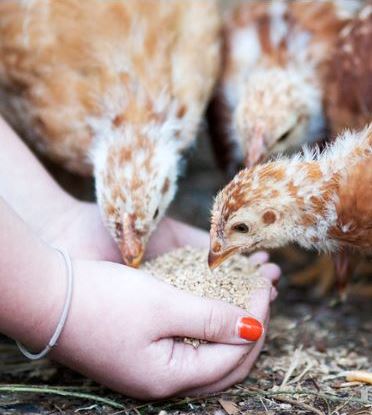
The concept of cottagecore emerged as a reaction to the fast-paced, modern world, with a longing for simplicity, nature, and a romanticized rural lifestyle.
It reflects a desire to connect with nature, embrace traditional craftsmanship, and find solace in the coziness of a countryside cottage.
3. Origins Of cottagecore
Cottagecore draws inspiration from rural life and the simplicity of cottage living, whereas shabby chic originated from the romanticism of old English country houses.
Cottagecore incorporates elements of literature, folklore, and nostalgic depictions of rural life. For example, the whimsical and nature-oriented children’s books by Beatrix Potter, such as “The Tale of Peter Rabbit,” showcase the charm and beauty of the countryside.

The cozy and idyllic descriptions of rural settings in the writings of authors like Laura Ingalls Wilder and Jane Austen also contribute to the imagery and atmosphere associated with cottagecore.
4. Cottagecore Garden Vibes
A Cottagecore garden exudes a natural and functional charm, with an emphasis on wildflowers, native plants, and practical elements like vegetable patches.
Vintage accents such as weathered tools and cozy seating areas contribute to a nostalgic and homely atmosphere, and the color palette is inspired by earthy tones and soft pastels.
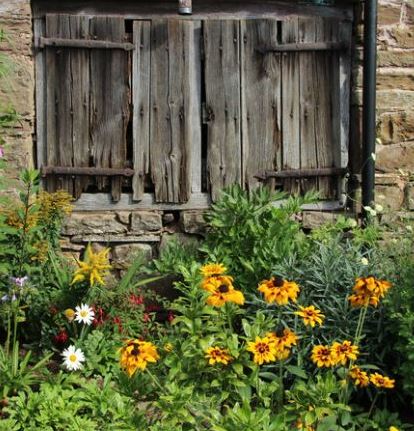
In contrast, a Shabby Chic garden leans towards curated elegance, featuring delicate florals like roses and peonies, along with distressed finishes on furniture and décor for a well-loved aesthetic.
Whimsical touches such as birdcages and intricate wrought iron pieces add a touch of fantasy.
The color palette is characterized by soft pastels and muted shades, creating a light and airy ambiance that complements the vintage-inspired elements.
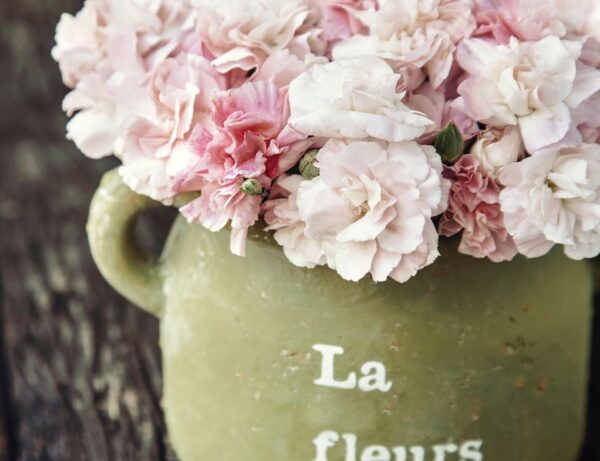
Both styles evoke a romantic and nostalgic vibe, but Cottagecore embraces a more relaxed, nature-centric approach, while Shabby Chic gardens prioritize curated elegance with a vintage touch.
5. Color Palette Cottagecore vs Shabby Chic
Cottagecore emphasizes soft, muted colors such as pastels and earth tones, while shabby chic tends to incorporate more whites and faded hues.
The color palette associated with cottagecore reflects a soft, dreamy, and natural aesthetic. It embraces hues that evoke a sense of nostalgia, tranquility, and a connection to the countryside.
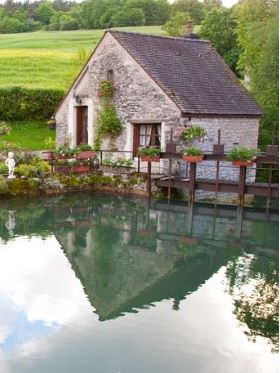
While there is flexibility in color choices, certain colors are commonly associated with cottagecore. Here are some key aspects of the cottagecore color palette:
Soft Pastels: Soft pastel shades are a hallmark of cottagecore. Colors like blush pink, baby blue, mint green, lavender, and buttery yellow create a delicate and whimsical atmosphere
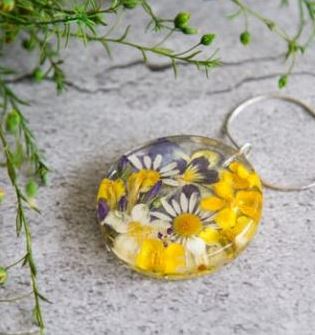
Natural Whites: White is a prevalent color in cottagecore and shabby chic, symbolizing simplicity, purity, and a connection to the natural world. It can range from bright white to off-white or cream, creating a light and airy backdrop for other colors and textures.
Soft Grays: Soft grays are often used as neutral tones in cottagecore. They provide a subtle and calming base while complementing the other colors in the palette.
Natural Greens: Green, particularly soft and muted shades like moss green or sage, is commonly found in cottagecore. It represents the lushness of the countryside and brings a sense of tranquility and harmony.
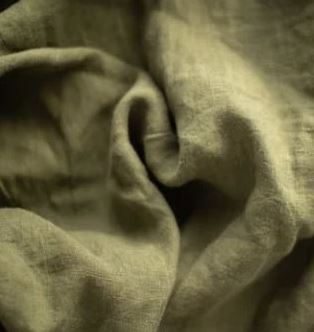
Earth Tones: Cottagecore often incorporates earthy colors that mimic the natural landscape. Warm and muted tones such as sandy beige, warm browns, sage green, and terracotta add a grounding and organic feel to the palette.
6. Cottagecore Materials
Cottagecore incorporates natural materials like wood, linen, and wicker, while shabby chic often features distressed or whitewashed furniture made of wood or metal.
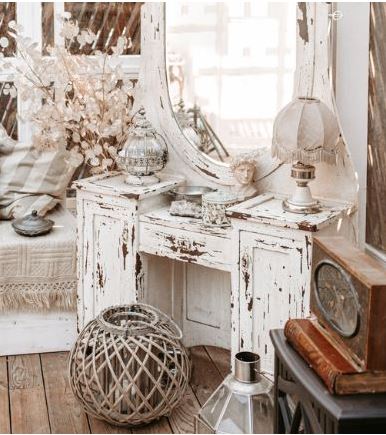
The materials used in cottagecore design are chosen to evoke a sense of nature, rusticity, and simplicity.
The emphasis is often on natural and organic materials that connect with the outdoors and create a cozy and welcoming atmosphere. Here are some key materials commonly associated with cottagecore:
Wood: Wood is a prominent material in cottagecore. It can be seen in exposed ceiling beams, wooden floors, rustic furniture, and decorative accents. The warmth and natural beauty of wood contribute to the overall cozy and inviting feel of cottagecore spaces.
Linen: Linen, a natural fabric made from flax fibers, is frequently used in cottagecore aesthetics. It is valued for its soft texture, breathability, and ability to create a relaxed and organic ambiance. Linen is often used for curtains, bedding, tablecloths, and upholstery.
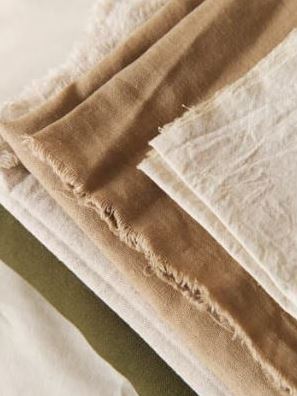
Cotton: Cotton, known for its softness and versatility, is a favored material in cottagecore. It is used for bedding, curtains, throw pillows, and upholstery.
The natural and breathable qualities of cotton align with the comfort and simplicity that cottagecore seeks to embody.
We have a list of some of the best fabric shops on etsy. These shops carry cottagecore fabrics and shabby chi.
Natural Stone: Natural stone, such as exposed brick or stone fireplaces, is occasionally used to enhance the rustic charm of cottagecore interiors. Stone elements can provide visual interest and contribute to the overall organic and earthy feel.

Natural Fibers: Cottagecore values natural fibers such as jute, sisal, and hemp. These materials are often used for rugs, doormats, and wall hangings, adding a textural element that complements the natural aesthetic.
Ceramic and Porcelain: Cottagecore embraces ceramic and porcelain dishware, vases, and decorative objects. These materials, often adorned with delicate floral patterns or rustic motifs, add a vintage and cozy touch to cottagecore spaces.
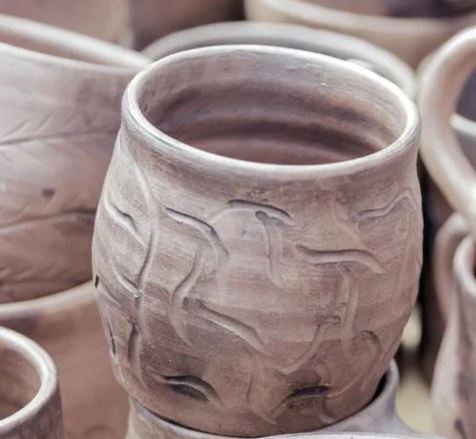
7. Patterns Are Different
Cottagecore patterns often include floral prints, gingham, and whimsical motifs that embrace the beauty of nature and evoke a nostalgic, countryside charm.
These patterns reflect a more playful and pastoral aesthetic. On the other hand, shabby chic patterns lean towards vintage-inspired designs like toile, stripes, and polka dots.
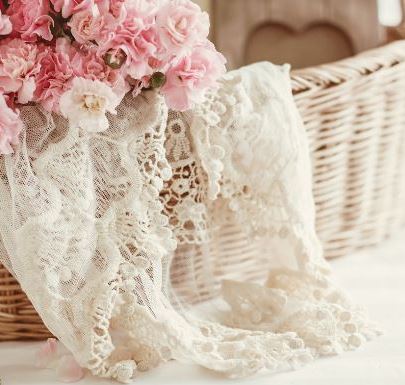
These patterns exude a sense of faded grandeur and romantic elegance, often incorporating delicate and intricate motifs.
While both styles embrace patterns, cottagecore patterns tend to emphasize nature and whimsy, while shabby chic patterns evoke a sense of refined nostalgia and feminine allure.
8. Furniture & Décor Style
Cottagecore furniture & décor style is typically more traditional and rustic, reflecting the simplicity and coziness of a countryside cottage.
It often features wooden farmhouse tables, vintage-style seating, and natural materials like wicker or rattan. Cottagecore furniture embodies a sense of warmth and authenticity.

Shabby chic furniture and décor, on the other hand, tends to have a more refined and elegant aesthetic. It often includes distressed or whitewashed furniture with ornate details, curvy lines, and plush upholstery.
Shabby chic furniture is characterized by its romantic and vintage-inspired appearance, combining a sense of faded grandeur with delicate charm.
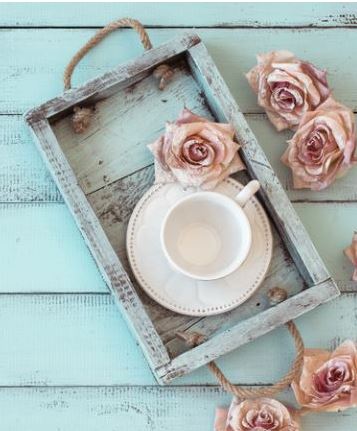
While both styles have a nostalgic appeal, cottagecore furniture leans towards rustic simplicity, while shabby chic furniture leans towards refined elegance with a touch of shabbiness.
9. Distressing Is Shabby Chic
Shabby chic style deliberately distresses furniture to give it a worn, aged appearance, whereas cottagecore furniture is generally in better condition and may have a more natural, weathered look.
Cottagecore distressing furniture aims to create a natural, weathered look that reflects the passage of time and embraces imperfections.
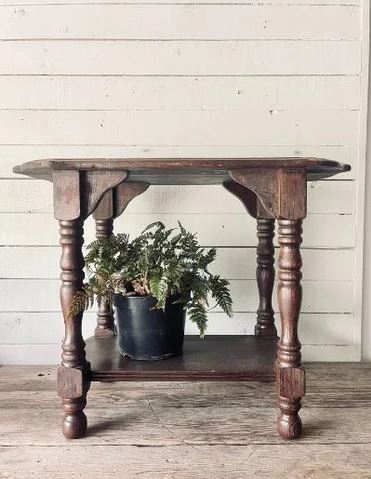
It often involves subtle distressing techniques, such as light sanding or natural wear and tear, to enhance the rustic charm and authenticity of the furniture.
The goal is to achieve a more organic and lived-in feel, without excessive aging or intentional shabbiness.
In contrast, shabby chic distressing involves deliberate and more pronounced techniques to create a worn, aged appearance.
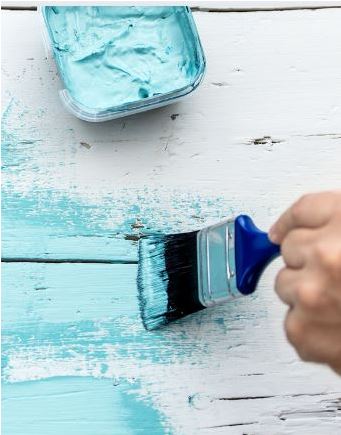
This may include heavy sanding, chipped paint, or peeling finishes, giving the furniture a deliberately distressed and shabby look.
Shabby chic distressing is more intentional and deliberate, emphasizing the vintage appeal and romanticized aesthetic of aged furniture.
10. Home Accessories Are Different
Cottagecore home accessories often incorporate elements of nature, such as dried flowers, botanical prints, and woven baskets, bringing the beauty of the outdoors inside.
They evoke a sense of rustic simplicity and often feature handmade crafts, vintage-inspired artwork, and a focus on natural textures.
Cottagecore accessories aim to create a cozy and nostalgic ambiance reminiscent of countryside living.
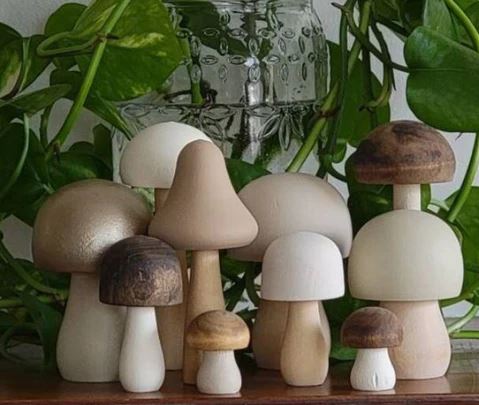
In contrast, shabby chic home accessories tend to be more delicate and refined, with a focus on vintage-inspired décor.
Lace doilies, vintage china, crystal chandeliers, and ornate mirrors are commonly found in shabby chic interiors.
Shabby chic accessories emphasize a sense of faded grandeur and romantic elegance, incorporating feminine details and vintage charm.
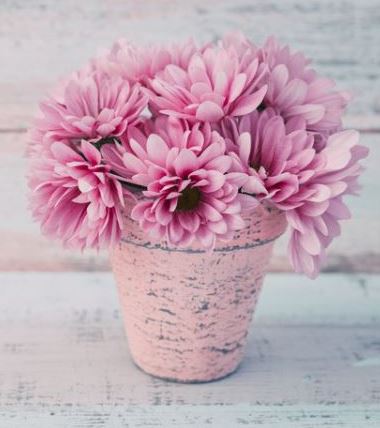
11. Upholstery & Fabrics
Cottagecore typically features simple, natural fabrics like linen or cotton, whereas shabby chic often includes plush, romantic fabrics like velvet, lace, and floral patterns.
Cottagecore uses lace as well, but try to use lace that has a more vintage feeling like vintage style lace with earthy colors or coffee stained.
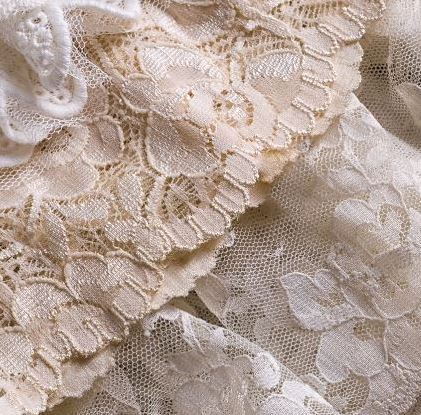
12. Cottagecore Lighting
Cottagecore often features warm, soft lighting with vintage-style lamps and candlelight, while shabby chic may incorporate ornate chandeliers or vintage-inspired pendant lights.
In cottagecore, the lighting tends to be warm, soft, and inviting, creating a cozy and intimate atmosphere.
Natural light is highly valued, so cottagecore spaces often incorporate large windows to allow ample daylight to fill the room.
To enhance the natural light, lightweight curtains or sheer fabrics are used to diffuse and soften the incoming sunlight.
Candlelight is also favored in cottagecore, with the use of candle lanterns, candlesticks, and vintage-style candle holders to create a warm and flickering glow. It’s one of the top cottagecore niches.
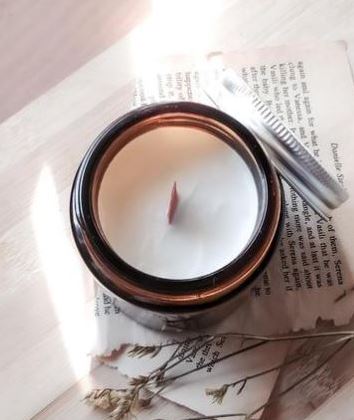
In shabby chic interiors, lighting choices often embrace a more ornate and vintage-inspired aesthetic. Chandeliers, especially crystal or ornate designs, are a common feature in shabby chic spaces, adding a touch of elegance and sophistication.
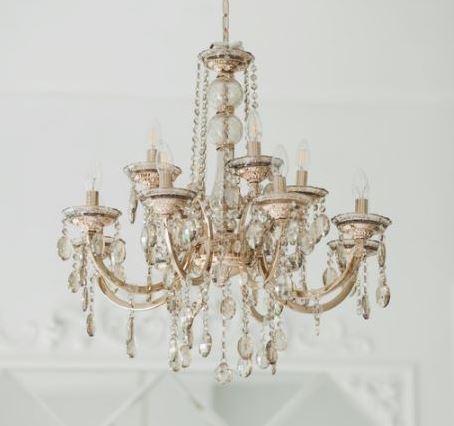
Both cottagecore and shabby chic lighting choices aim to create a warm and inviting atmosphere, but with different styles and influences.
Cottagecore lighting emphasizes natural light, candlelight, and soft, warm illumination to evoke a cozy and nostalgic ambiance.
Shabby chic lighting, on the other hand, incorporates ornate fixtures, vintage-inspired designs, and a touch of elegance to enhance the romantic and vintage aesthetic of the space.
13. Ambiance Of Cottagecore vs Shabby Chic
Cottagecore aims to create a cozy, nostalgic, and rustic atmosphere reminiscent of a countryside cottage, whereas shabby chic evokes a more elegant, feminine, and romantic ambiance.
The ambiance of cottagecore is characterized by a relaxed, idyllic, and whimsical feel, evoking a sense of simplicity and a connection to nature, while the ambiance of shabby chic exudes a more refined and romantic atmosphere, with a touch of faded grandeur and feminine allure.
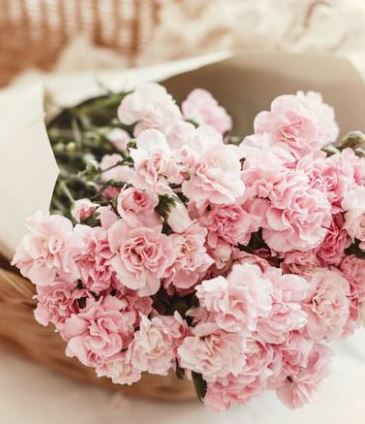
14. DIY Vs. Vintage Aesthetics
Cottagecore enthusiasts often embrace a DIY approach, incorporating handmade crafts and upcycled items.
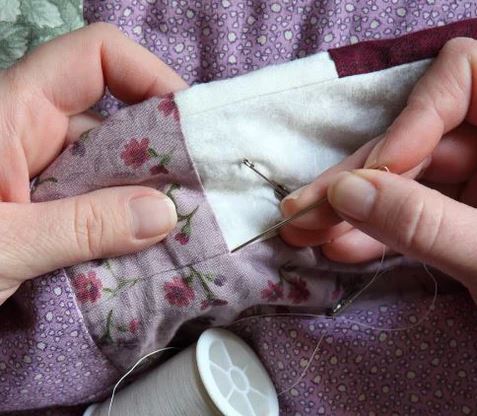
While shabby chic relies more on vintage and antique finds, painting and distressing.
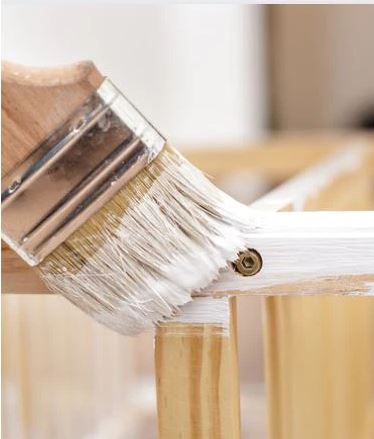
15. Rustic vs. Refined Aesthetics
Cottagecore leans toward a more rustic and natural aesthetic, embracing imperfections and a relaxed vibe.

Whereas shabby chic leans towards refined elegance with a touch of shabbiness.
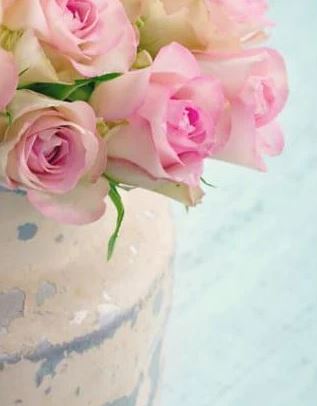
16. Nature vs. Vintage
Cottagecore celebrates the beauty of nature, often featuring elements like plants, flowers, and natural textures.
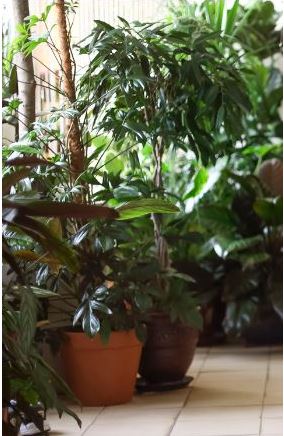
While shabby chic focuses more on vintage and antique décor.

17. Overall Theme
The overall theme of cottagecore revolves around a simple and idyllic country life, embracing the beauty of nature, handmade crafts, and a slower-paced lifestyle.
It emphasizes the warmth and coziness of a countryside cottage, often evoking nostalgia for simpler times and celebrating the enchantment of the natural world.

On the other hand, the overall theme of shabby chic evokes a sense of faded grandeur and romantic elegance.
It embraces vintage charm, ornate details, and a touch of shabbiness, creating an ambiance reminiscent of bygone eras and a desire for a refined and whimsical aesthetic.
While both themes evoke a sense of nostalgia, cottagecore focuses more on rustic simplicity and the connection to nature, while shabby chic leans towards refined elegance and the allure of vintage allure.
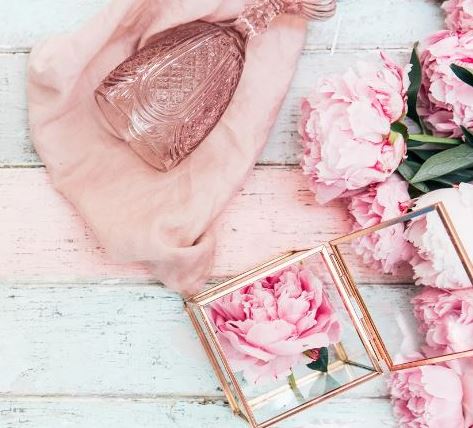
In conclusion, cottagecore and shabby chic may share a common thread of nostalgia and rustic charm, but they diverge in several significant ways.
From their origins and time periods to their color palettes, materials, furniture styles, and overall themes, these interior design styles offer unique aesthetics and atmospheres.
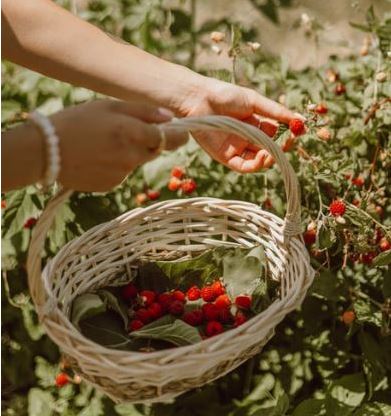
Understanding the distinctions between cottagecore and shabby chic can help you choose the style that resonates with your personal taste and desired ambiance.
Whether you prefer the simplicity and natural elements of cottagecore or the refined elegance and distressed charm of shabby chic, both styles offer a delightful journey into the world of vintage-inspired design.
How you can support this blog:
🏡 If you would like to support our blog, we would love it if you would share this article on your social media and with friends & family. We would really appreciate that.

